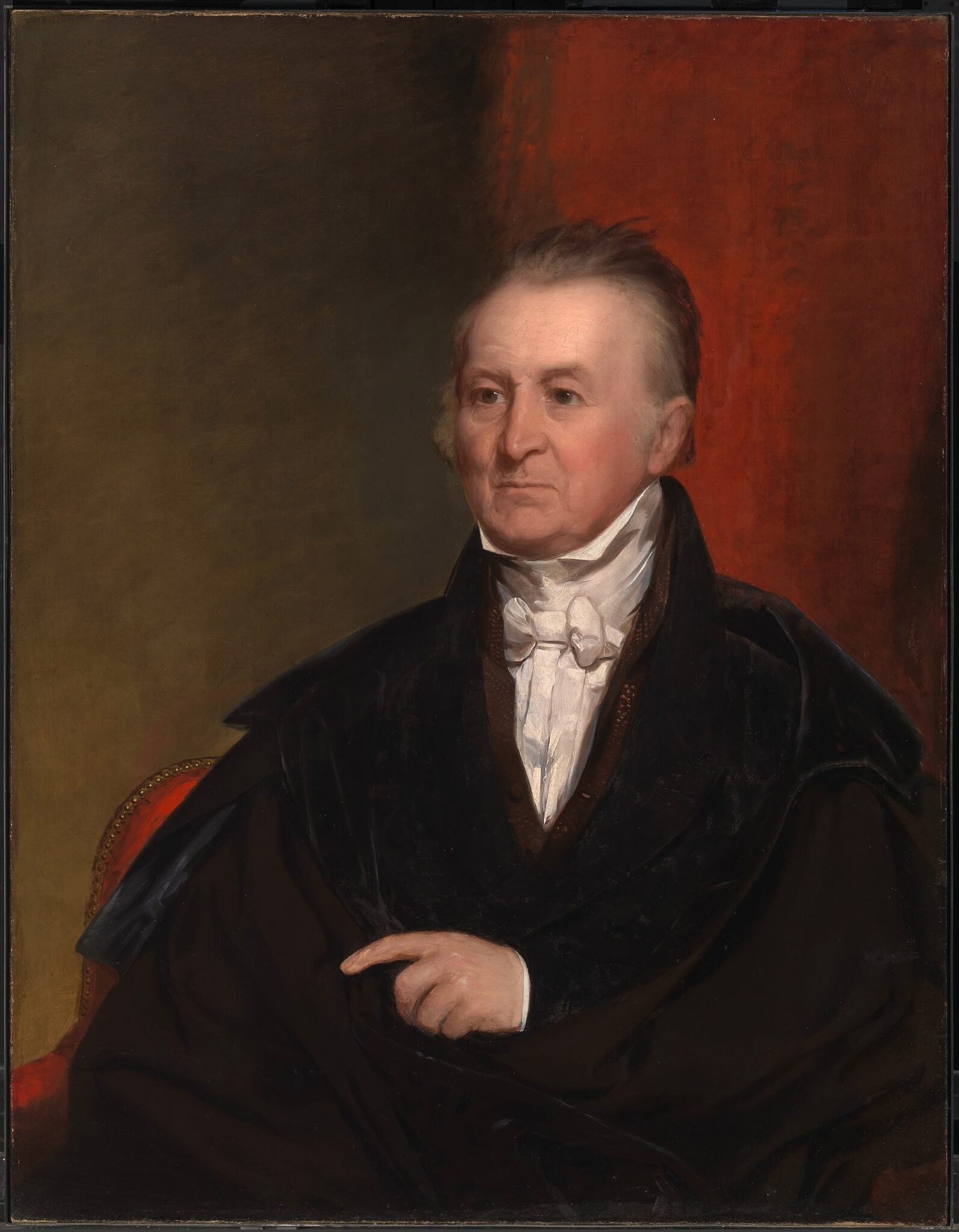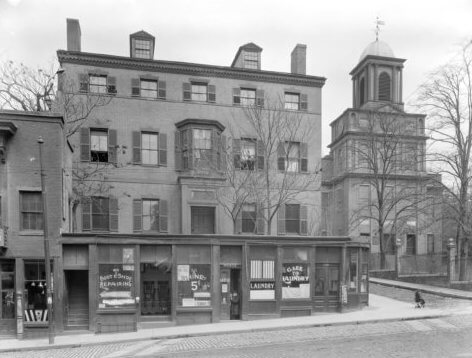The First Harrison Gray Otis House
The first of three homes built for politician and land developer Harrison Gray Otis by architect Charles Bulfinch still stands proudly today as one of the only surviving buildings of the West End’s urban renewal.
The first Harrison Gray Otis House, built in 1796 and sitting at 141 Cambridge Street in Bowdoin Square, is one of the few surviving remnants of the old West End. Boston architect Charles Bulfinch designed the mansion in the Federal style, with fanlight and palladian windows and an emphasis on symmetry. This was the first out of three homes designed by Bulfinch for Harrison Gray Otis. The other two homes are located at 85 Mount Vernon Street (1801), and 45 Beacon Street (1806).
Otis was a major political and business figure in Boston. His storied political career included terms in the Massachusetts Senate, the U.S. Senate and House, and as the U.S Attorney for Massachusetts. He succeeded Josiah Quincy III as the Mayor of Boston, and served in the position between 1829-1832. Otis also made a fortune developing real estate on Beacon Hill as a member of the Mount Vernon Proprietors and in other areas of Boston. Otis, his wife Sally, and their four children lived in the Cambridge Street mansion for five years before selling it to the Osborn family, and moving to Beacon Hill in 1801.
While Otis lived in his first Bulfinch house, Bowdoin Square was a quiet neighborhood occupied by wealthy Bostonians in large homes, such as his own. With the development of the West Boston Bridge, now known as the Longfellow Bridge, Bowdoin Square was forever changed. The West Boston Bridge connected Boston to Cambridge, inducing more traffic into Bowdoin Square. Wealthy Bostonians who preferred a quiet and secluded neighborhood moved to Beacon Hill, the new neighborhood for any well-to-do Bostonians. Bowdoin Square quickly became a commercial area and many of the old mansions were torn down and repurposed into storefronts, theaters, and boarding houses.
The first Harrison Gray Otis remained whole, but not a a single family home. Future owners added store fronts in front of the Otis house, and divided the former mansion into a multi-family house. From 1834 to 1854, Mrs. Mott and Dr. Mott operated a women’s clinic in the building, featuring remedies from Europe and Asia that claimed to cure a variety of illnesses.
By the 1850’s, the Otis house became a genteel boarding house for the middle class. The rooms were large and furnished and the residents shared the dining room and a communal parlor. In the early 1900’s, as the West End became a working class neighborhood, densely populated with immigrants, the residents of the boarding house became poorer and more transient.
In 1916, the Society for the Preservation of New England Antiquities (now Historic New England, the oldest preservation organization in the U.S.) purchased the Otis house for use as its Boston headquarters and as a historic museum. In 1925, the Otis house was saved from demolition by moving it back 40 feet when the city wanted to widen Cambridge Street. The house was also left untouched during the West End urban renewal project in the 1950’s and 60’s, and continues to stand under the watchful eye of Historic New England.
Article by Queenie Chen, edited by Bob Potenza












